Chimney Inspection Benefits and Timing
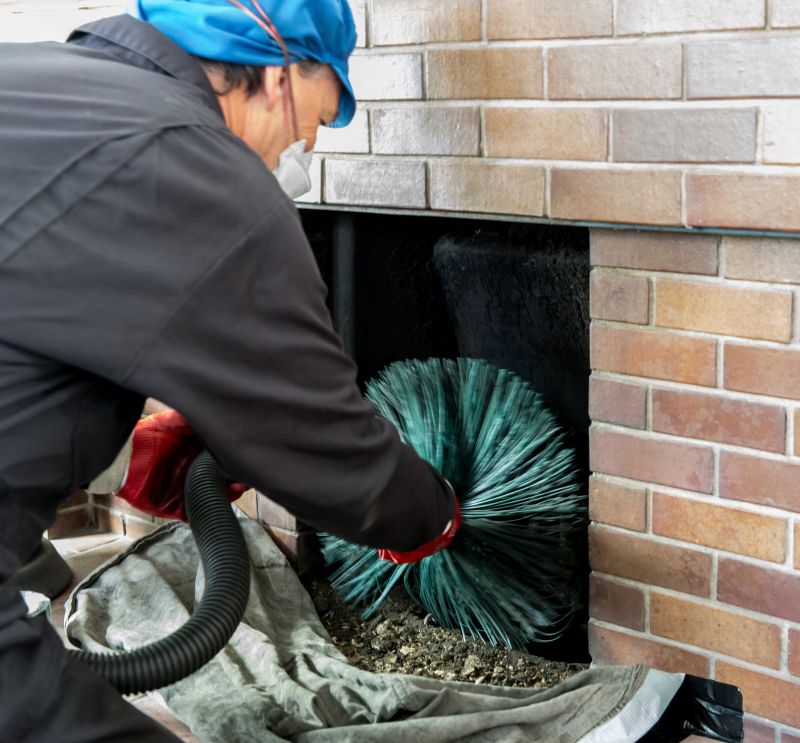
Spring is ideal for chimney inspections after the heating season to identify any damage caused by winter use.
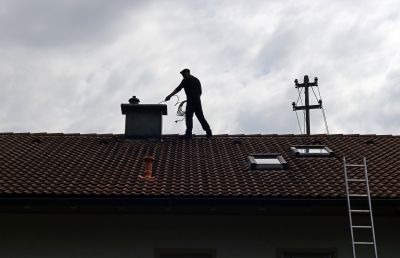
Perform inspections before the heating season begins to ensure safety and efficiency during colder months.
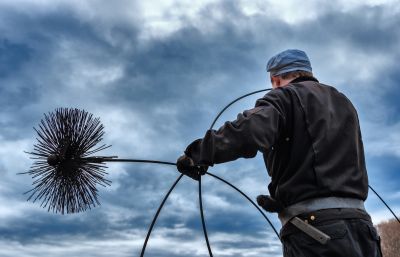
Off-season inspections allow for repairs and maintenance without the rush of peak usage times.
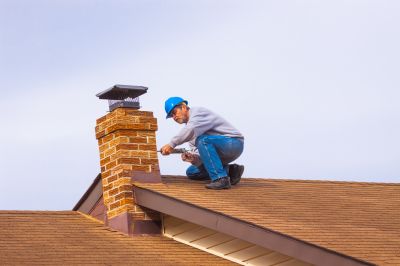
Ways to make Chimney Inspections work in tight or awkward layouts.
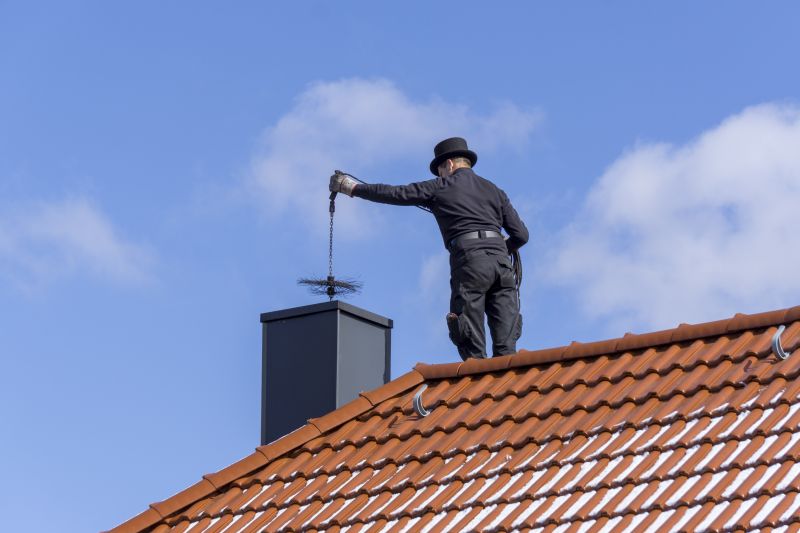
Popular materials for Chimney Inspections and why they hold up over time.

Simple add-ons that improve Chimney Inspections without blowing the budget.
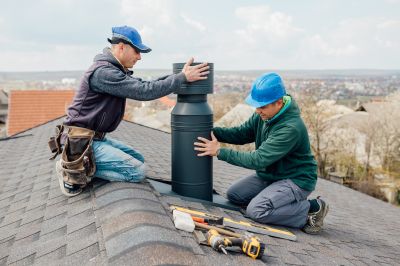
High-end options that actually feel worth it for Chimney Inspections.
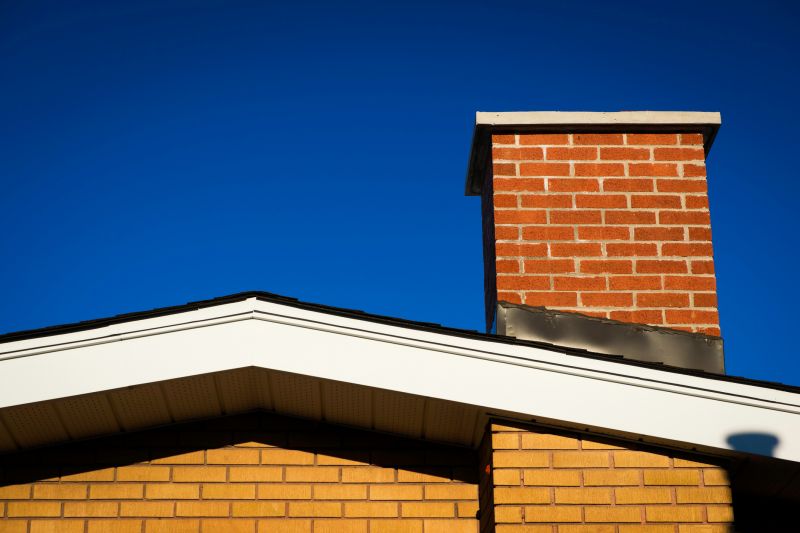
Finishes and colors that play nicely with Chimney Inspections.
Chimney inspections are essential for maintaining safety and ensuring proper functioning of fireplace and stove systems. Regular inspections can prevent costly repairs and reduce the risk of chimney fires. According to industry statistics, inspections can identify issues such as creosote buildup, blockages, and structural damage before they become hazardous. Most experts recommend scheduling a chimney inspection at least once a year, especially before the start of the heating season.
Statistics show that neglecting regular chimney inspections increases the risk of chimney fires by up to 50%. Inspections help detect early signs of deterioration, such as cracked flue liners or rusted components, which can compromise safety. Additionally, inspections can improve the efficiency of heating appliances, leading to energy savings and better indoor air quality.
Regular chimney inspections help prevent fire hazards, improve efficiency, and extend the lifespan of chimney systems.
Visible smoke, odors, or a decrease in fireplace performance are indicators that a chimney inspection may be necessary.
Inspections typically include visual assessments, cleaning, and sometimes camera scans to identify hidden issues.
Spring and late summer are optimal times for inspections to prepare for or after the heating season.
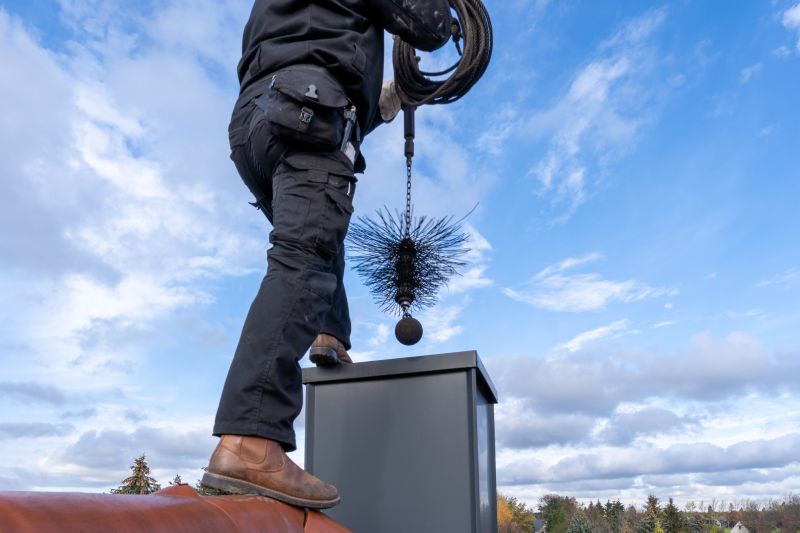
Tools like cameras and brushes are used to assess chimney condition thoroughly.
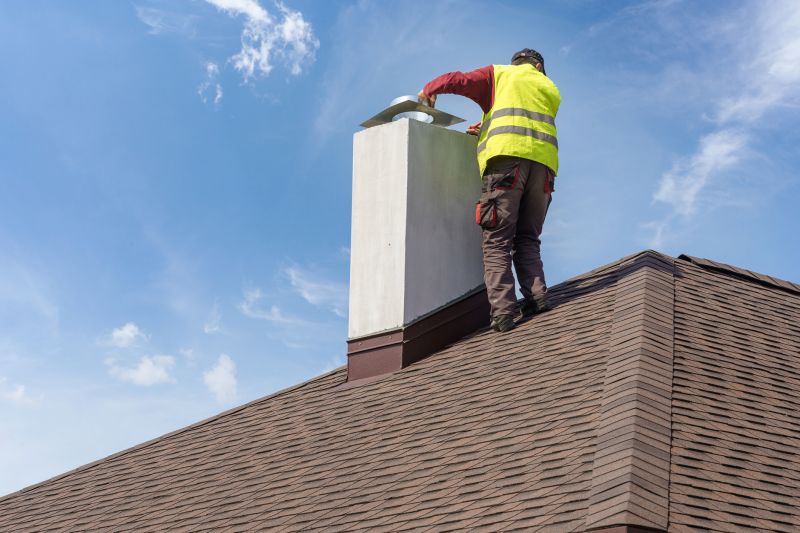
Inspection identifies creosote accumulation, which can ignite and cause fires.
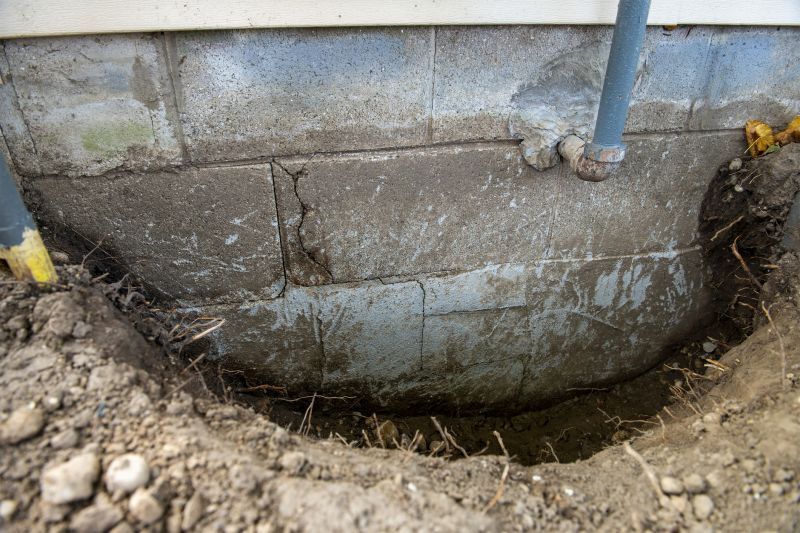
Cracks and deterioration are detectable during inspections, preventing further damage.
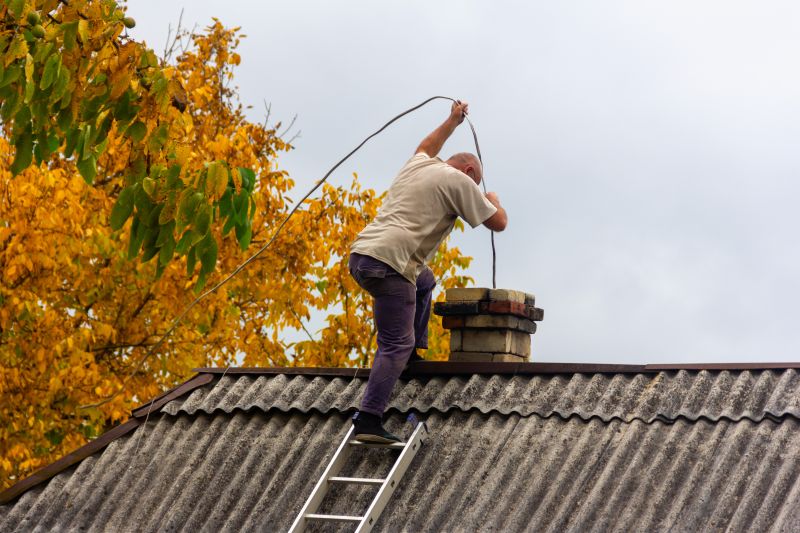
Inspections often include cleaning to remove blockages and buildup.
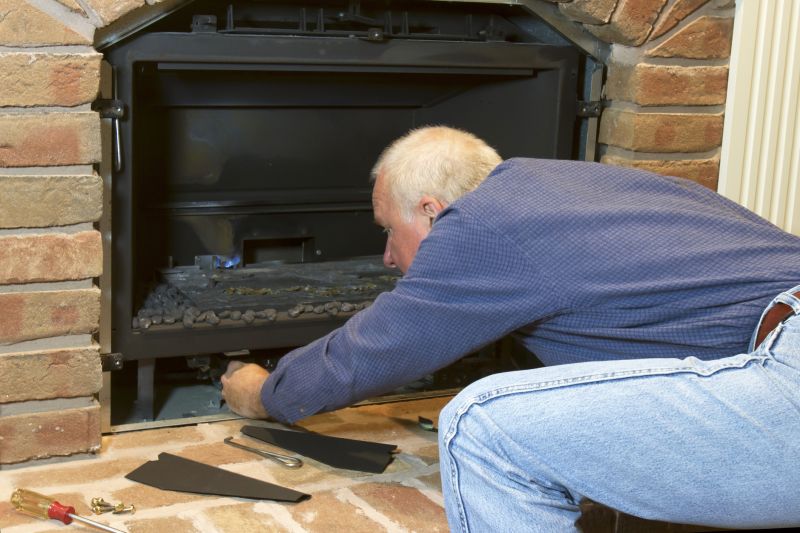
Ensuring the chimney’s integrity reduces the risk of carbon monoxide leaks.
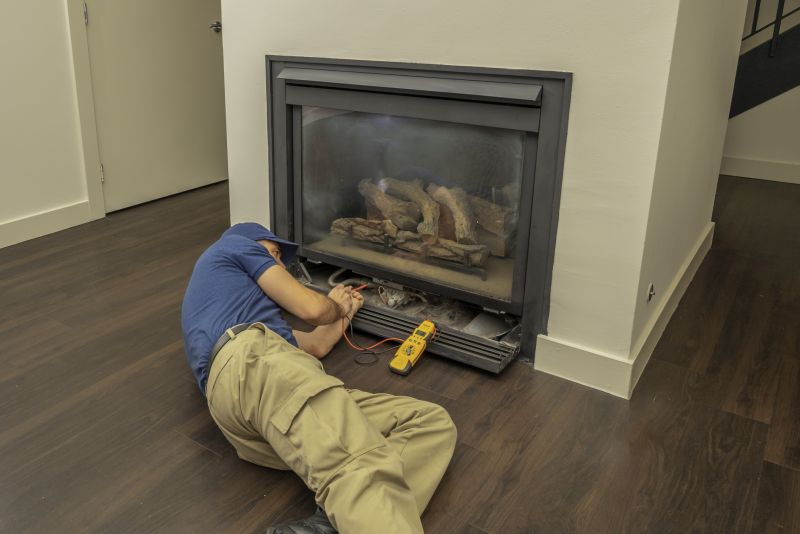
Assessing the condition of the flue liner is vital for safe operation.
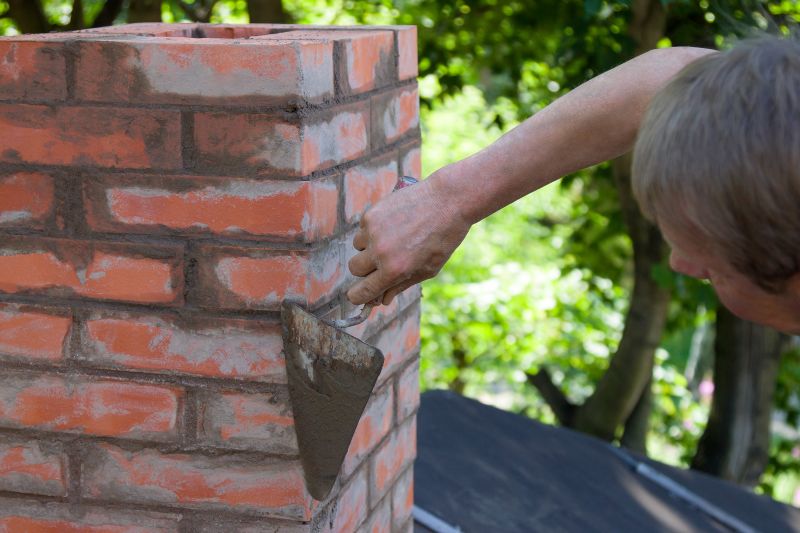
Identifying loose or damaged masonry prevents structural failure.

High-resolution cameras provide detailed views of the chimney interior.
| Season | Recommended Inspection Frequency |
|---|---|
| Spring | After winter use or annually |
| Pre-Winter | Before the heating season |
| Off-Season | During mild weather periods |
| Post-Repair | After any repairs or maintenance |
| High-Use Homes | Twice a year |
Scheduling chimney inspections during these optimal times ensures safety, efficiency, and longevity of chimney systems. Regular assessments help detect early signs of wear and tear, reducing the risk of fire hazards and costly repairs. It is advisable to contact a professional to evaluate the specific needs based on usage frequency and age of the chimney.
Interested in scheduling a chimney inspection? Filling out the contact form can provide more information and help set up a timely assessment. Proper planning and regular inspections are key to maintaining a safe and efficient fireplace or stove system.



